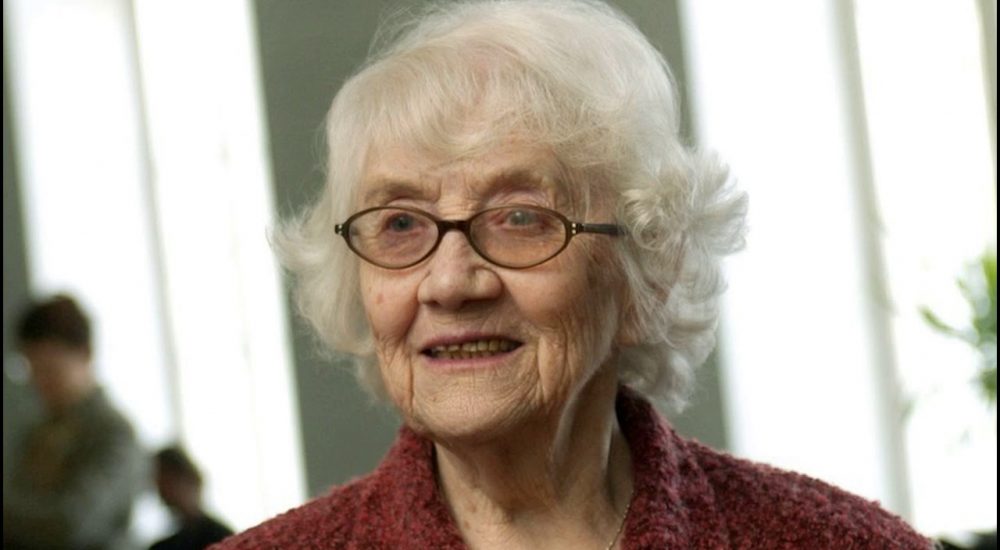
Relying on traditions, Ester Mägi’s (b. 1922) musical style has gone through a modernisation process during half a century, yet retaining intrinsic modesty. Her works are based on brief thematic cores borrowed from or inspired by Estonian folk melodies. Variational forms or variational treatment of musical material is predominant in her work.
When Mägi started out as a young composer in the 1950s, her works followed the rules of the national romanticism. During the 1960s, her music became more influenced by Estonian folk music – diatonic modes and varying of brief motifs. Polytonality and extended tonality, as well as colourful harmonies, started to enrich Mägi’s idiom from the late 1960s onwards. Mägi has mostly composed works for choir and various chamber ensembles.
Ester Mägi graduated from the Tallinn State Conservatory in 1952 as a student of Prof. Mart Saar and continued with postgraduate studies in Moscow Conservatoire in 1951–1954 with Prof. Visarion Shebalin. She taught music theory at the Tallinn State Conservatoire in 1954–1984 and became Professor of Music Theory in 1977. In 1999 she was awarded an honorary doctorate degree by the Estonian Academy of Music and Theatre.
Ester Mägi’s works have been performed in Finland, Sweden, Germany, Poland, Russia, United States of America and Australia. Her chamber music has been played by renowned performers. Mägi’s choral songs belong to the repertoire of numerous Estonian choirs. Four albums with Mägi’s works have been released.
She has been awarded several national awards, including the 5th class order of the National Coat Arms in 1998.



